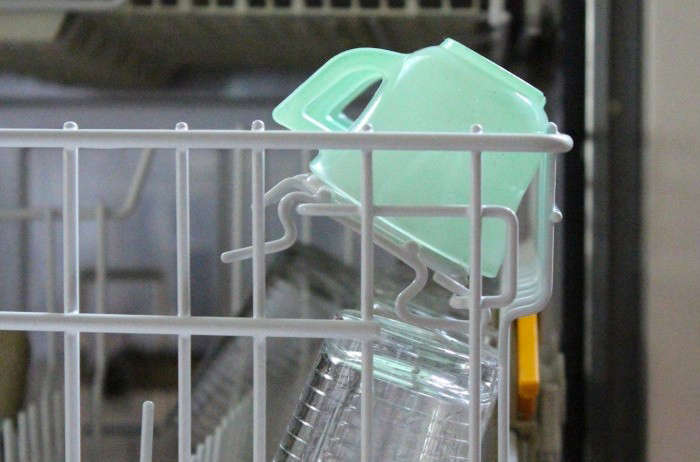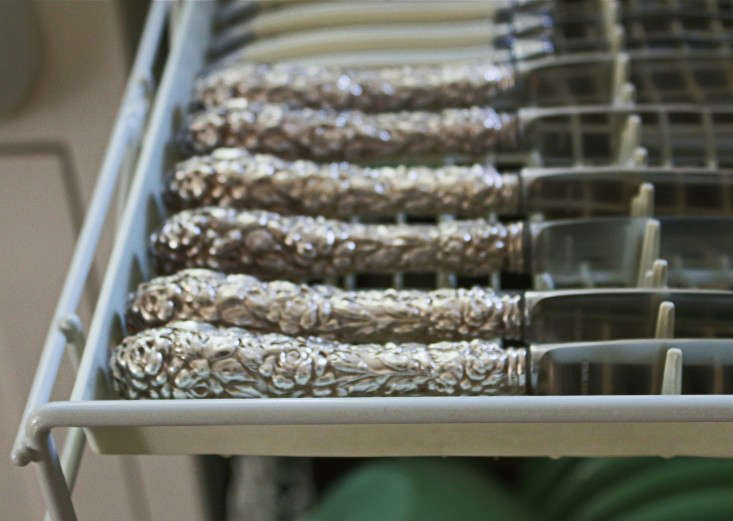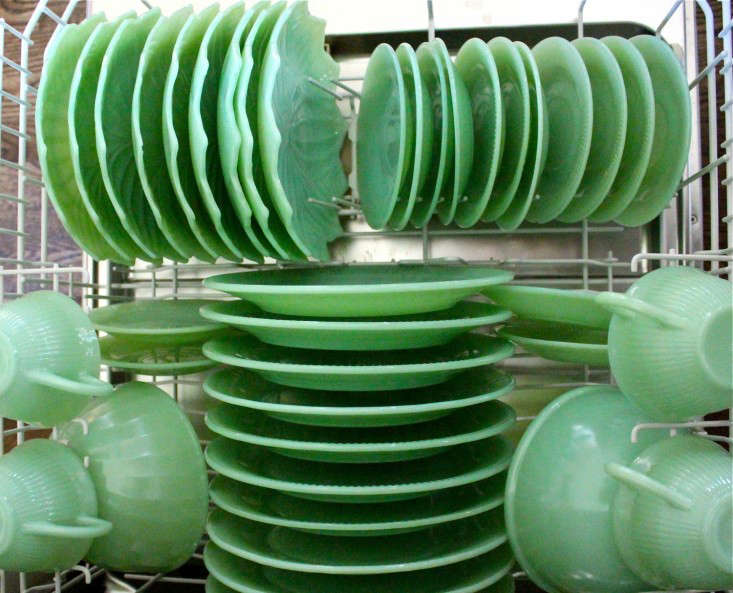
There’s an Arthur C. Clarke quote that gets used way too often about how the best technology is indistinguishable from magic. I will not quote the quote because it’s quoted all the time in Silicon Valley, where I work. But you get the idea: Great technology fills us with unbridled, slack-jawed, how’d-they-do-that awe.
That’s pretty much how I feel about my dishwasher.

The Miele is the best piece of technology in my home. It is as fast, silent, and discreet as a ninja assassin, if ninjas killed dishes. Also, I love how it’s so endlessly adjustable, detachable, customizable and economic in its lines and power consumption. Oh, and the Miele’s top rack for silverware? Jesus wept.

My wife and daughter, however, don’t see the Miele as great technology. They think it really is magic.
How else is one to explain the quasi-mystical way they load the thing? They think the normal rules of physics go out the window when the dishwasher door is open: Water can suddenly penetrate glazed dishes and glassware as if these solid objects were riddled with intergalactic wormholes. Anything can be put anywhere in the Magic Dishwasher! Martini glasses can be jammed in the silverware tray, god help us. And, why not pile up plates on bowls, glasses on pots, and pots on roasting pans, all of it on each other, like so many clowns in the circus. The dishes will come out, sparkling clean. Like magic!

Why do my wife and daughter, who are so much smarter, more logical, and more math-y than me, think they can put a large cooking pot on top of three filthy bowls that recently held stew? Why doesn’t my wife get that the stew bowls will be just as grotty at the end of the wash cycle as they were when I finally pried them from her freeloading friends’ hands, after they “dropped by on a lark” at dinnertime?
When I woke up this morning, I did not set out to mansplain the rudiments of dishwasher loading, to them or anyone else. But, on behalf of husbands and fathers everywhere–to whom dishwasher duty inevitably falls–it’s time to tell the loved ones with whom we cohabitate that the dishwasher is not a Hogswarts Sorting Hat. It is a beautifully engineered machine that works only as well as the people tending it.
So here are some simple rules. Go ahead and print them out. Or tell your husband to.

1. Keep your apples with your apples and your oranges with your oranges. All other rules about Dishwasher Stacking stem from this simple concept. It starts in the drying rack, where all your forks go with all the other forks–right down to salad forks going with salad forks and dinner forks spooning against dinner forks. Put all your spoons in a separate area and the knives in their own ghetto too. This will not only allow for proper spacing, it’ll make it easier to put cleaned items away later. Similar sized bowls are clustered on the ground floor, as are dinner plates and salad plates. (For similar tableware, consider the Mosser Plates from Vermont Country Store; prices start at $18 for the smallest size.)

2. The juice cups, which we use for all beverages, go on the top right. That’s because they are short, and you can fold down that clever secondary shelf, where you can stack six demitasses side by side.
3. The big dinner plates go on the main level, either in the center (American-style) or on the right center side (à la mode). I am OK with either so long as you put one plate in each rack slot; do not stuff two into one slot because NO WATER WILL GET THROUGH.
4. Sorry for yelling.
5. The sandwich plates go on the same level as the dinner plates, but in the rack space in the front that runs perpendicular to the dinner plate racks. Please, please, please: Do not waste the big rack space on little items like salad plates.

6. Do not put your favorite outsized serving plate that you got at a yard sale in the main rack. It is too high and will prevent the dishwasher’s arm thing-y from rotating, and water will just drip from it, forlornly and nothing will get clean. I mean, honestly, you could run it like that from now until Trump gets elected pope and NOTHING WILL GET CLEAN.
7. Sorry for yelling.
8. Rinse the filthy stuff. Yes, it is a dishwasher, and yes, there is a drought in the west, but some things, such as dirty stew bowls, need a quick rinsing before being dishwashed. I don’t care what the salesman told you.
9. Some things should not go in the machine. Heavy-duty stuff, such as Thanksgiving Day roasting pans, and my precious bone-handled knives need to be cleaned by hand.
10. Ignore the different mode settings; they are not for you.

11. That said, if you put a fully shuffled deck of cards in the silverware rack and run the machine in Express mode, the cards will reshuffle themselves by suit, in ascending numeric order. No clue how this works, but it blows my mind every time.
Finally, get more ideas on how to evaluate and choose a kitchen dishwasher in our What to Know When Replacing Your Dishwasher.
N.B.: This post is an update; it originally ran on Remodelista on September 30, 2015.
For more home projects to master, see:






Have a Question or Comment About This Post?